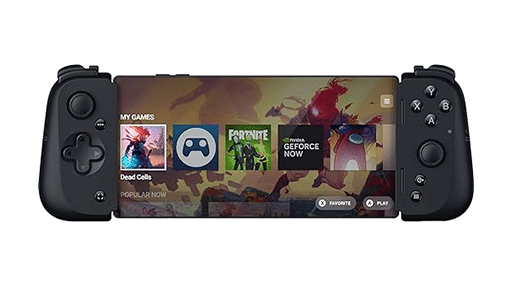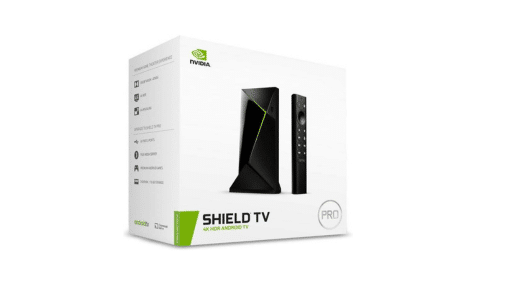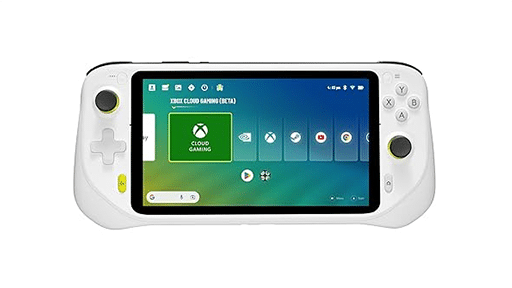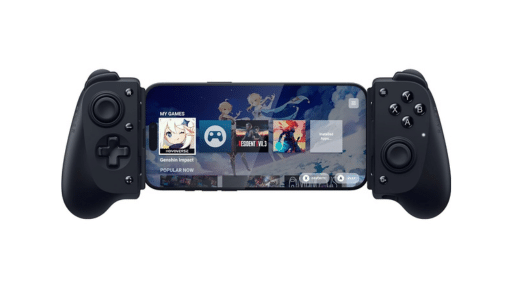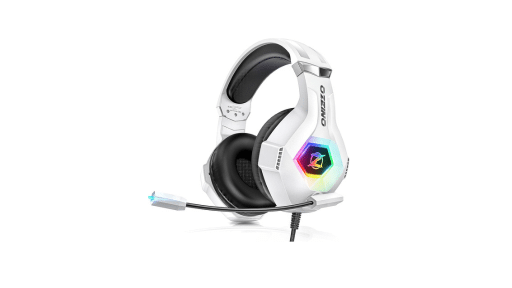
For years, the proprietary H.264 codec and the open VP9 codec dominated streaming video encoding/decoding. What a codec does is compress a video stream to enable high quality visuals at a lower data rate than raw uncompressed video. Generally speaking, the better/more-advanced the codec is, the better the visual quality is for the same data rate.
AV1 is the new industry wide standard for video encoding. It’s the result of a collaboration (called the Alliance for Open Media) between the likes of Google, Microsoft, Mozilla, Netflix and many others. It’s the successor to VP9 and is widely seen as the best codec to use when available. YouTube and Netflix have already begun using this codec to deliver video whenever possible.
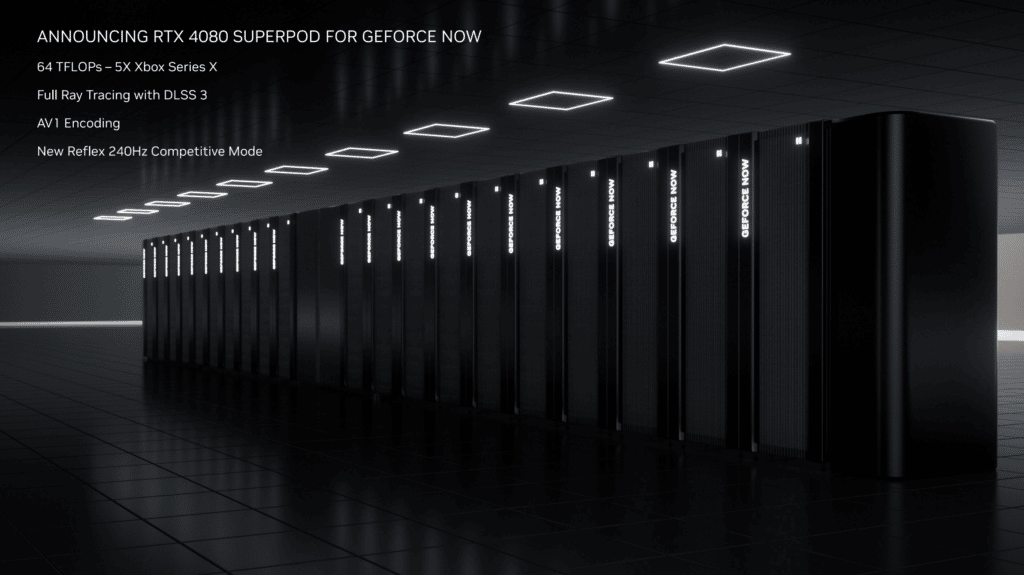
“When available” now also includes server-side systems with NVIDIA’s latest Ada Lovelace GPU architecture which is capable of doing AV1 encoding in hardware (decoding has been available for a while). The RTX 4080 GPU uses this new Ada architecture. With the 4080 GPU launch on GeForce NOW, NVIDIA also announced that AV1 support is coming to the service in a recent press briefing!
To actually see GFN streams encoded using AV1 in practice, you’ll need to be using the Ultimate tier and be playing on a device with sufficient AV1 decoding support. If the device you are playing on doesn’t meet the criteria, we believe you’ll simply fall-back to another codec (h.264 or h.265) which are still capable of 4K streaming.
The good news is that most devices shipped in the last couple of years do have AV1 decoding support baked in. So, a lot of phones, TVs, streaming devices, laptops etc. should qualify. As an example, the new cheaper 1080P Chromecast with Google TV (CCwGTV) device supports AV1 decoding but the older (generally more powerful) 4K CCwGTV actually doesn’t.

Along with the use of the AV1 codec, NVIDIA touted that it is bringing its Reflex technology to the GFN cloud service. This is a way to get gaming input latency down to what a user would see with an effective 240Hz refresh rate. The technology uses pipelining techniques (so that each step in the above diagram doesn’t stall if one step does) and variable encoding to get each frame to the user’s monitor (G-Sync compatible) as fast as it possibly can. NVIDIA has been able to demonstrate in practice latency of only 35ms with GFN – and this is still when using the service on outside PCs with a roundtrip ping of ~10ms from the GFN datacenter! NVIDIA noted that this is lower input latency than what you’d see on an Xbox Series X in house.
GeForce NOW continues to push the envelope of cloud gaming technology further. For PC gamers, cloud gaming doesn’t get any better than this! (We do think the user experience could use some tweaks when playing on the TV) Make sure to also check out all our recent GeForce NOW news, including deals that can get you started with GFN for free!


